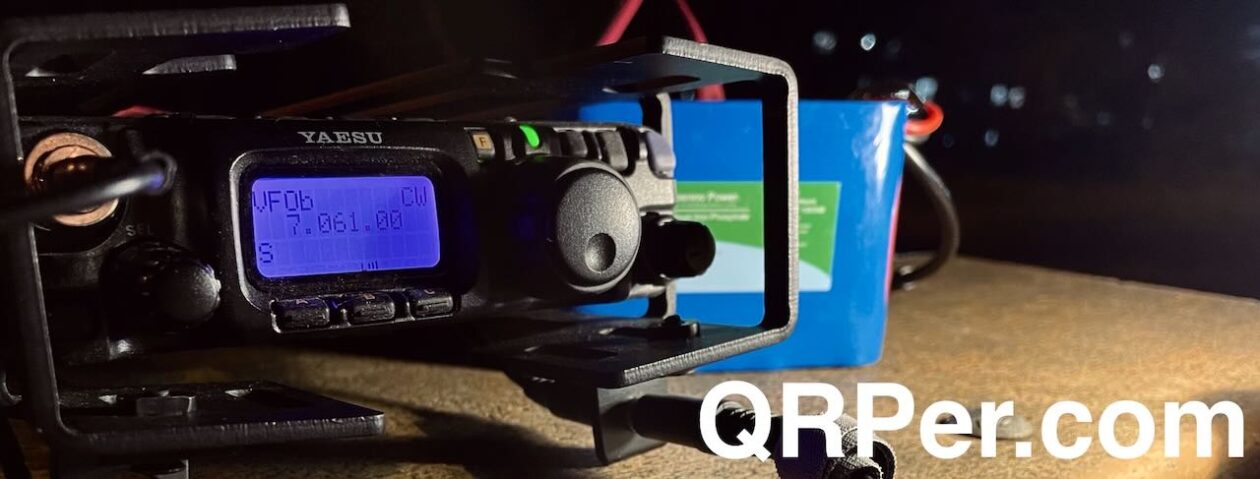 UPDATE 09 (Oct 2021): Larry (N0SA) informs me that he sold all of his SOTA Paddle inventory as of last night. In other words, very quickly. If he produces another run of them, I’ll post it here on QRPer.com!
UPDATE 09 (Oct 2021): Larry (N0SA) informs me that he sold all of his SOTA Paddle inventory as of last night. In other words, very quickly. If he produces another run of them, I’ll post it here on QRPer.com!
A couple weeks ago, Larry (N0SA) reached out to me and asked if I’d like to evaluate a new set of precision field paddles he’s designed. Having purchased a set of 3D-printed paddles from N0SA last year, I didn’t hesitate.
Larry simply calls this model the SOTA Paddle. An appropriate name because this paddles is incredibly compact, lightweight, and perfect for hiking and backpacking. They also have a short Allen wrench cleverly stowed within the paddle body for any adjustments in the field. The Allen wrench is locked in in such a way, there’s no possibility it’ll fall out either. Clever!
They come with a high quality three foot cloth braid cord with molded 1/8” plug.
Over the past week, I’ve taken these paddles to two different park activations with the Elecraft KX2 and AX1 antenna.
My activation videos and field reports are perhaps a week down the road yet, but I couldn’t help but post my initial impressions.
So how would I describe N0SA’s new SOTA Paddles–?
The Bee’s Knees!
These truly feel like precision paddles. They’re entirely constructed of aluminum and stainless steel parts.
Although the body/frame of the paddles are open, they feel incredibly sturdy. No doubt, they’ll survive the environment inside a backpack or field kit.
They’re very compact, yet feel perfect in the hand.
Larry also includes 6 pieces of 3M dual lock for mounting the paddles on a clipboard, radio, or any other surface.

As readers know, I love my CW Morse Paddles–they represent an amazing amount of quality at such an affordable price.
If you’re in the market for a compact precision aluminum key, however, I can recommend these without hesitation.
Here’s the deal as I understand it: Larry may only make a couple small production runs of these. He does this as a fun side hibby, not for scaled-up production and distribution. I believe he may have as many as 20 units available soon.
Again, you’ll see the SOTA Paddles in action in upcoming videos, but I wanted to mention it here on QRPer so that–if this sort of thing interests you–you might have a chance to place an order before the first and/or second production runs are spoken for.
The price is $125.00 US (each) plus $15.00 for priority mail shipping. You’ll have to inquire if located outside the US (I’m not certain if he ships internationally).
Payment can be made via PayPal to his email address which is his callsign @att.net. (You can also check out his contact details on QRZ.com.)
Email him with questions and to check availability in advance.
Larry is a long-time reader of QRPer.com, so he might add notes in the comments section.
Speaking of which, thank you so much, Larry, for sending me these paddles. They are simply amazing.






















